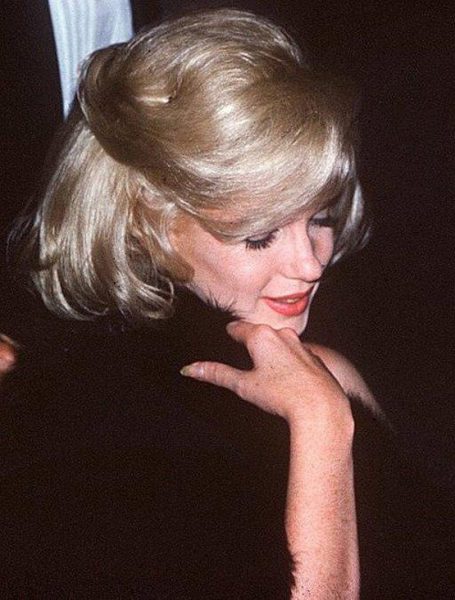
Charles Casillo’s new biography, Marilyn Monroe: The Private Life of a Public Icon – released in the US today – has already attracted quite a few headlines, with some fans concerned that it will be overly sensationalised. In his extensive review for New York Social Diary, Dennis Ferrara suggests that most of these detractors ‘know nothing’ about who Marilyn really was.
Personally, I don’t think that’s entirely accurate – many well-informed fans are understandably worried about the way she is portrayed, and after all, Monroe has been misrepresented by many.
At the same time, however, I’m a firm believer in reserving judgement on any book until you’ve read it from cover to cover. As a fellow author, I know there’s nothing worse than having your ideas dismissed without a fair hearing. And the mass media will always focus on the more scandalous aspects of any biography.
Also, in my own acquaintance with Charles I’ve always found him thoughtful and sensitive, and I fully intend to read his take on Marilyn with an open mind. So without further comment, I’ll leave you with this excerpt from Dennis Ferrara’s comprehensive first review.

“The Private Life of a Public Icon covers familiar territory — how could it not, 56 years and probably a thousand books since her death? But Casillo charts her life, particularly as she felt her youth and career slipping away, with the precision of a great surgeon and the sympathetic expertise of a therapist who knows his patient is on the precipice, but is helpless to save her.
The shattered nature of Monroe’s psyche — ruinously formed by her disordered and disconnected childhood (the unstable mother, absent father, foster homes, orphanages, abuse) runs through the book like a volcano-red warning sign. But as Casillo notes over and over again — despite every single person who was close to her, knowing of her fragility — her ability to rise spectacularly, like a wounded phoenix, in both her personal and professional life, muted concern, or forced her friends to accept her as she was, and hope for the best.
But when had it been otherwise? No one who knew Marilyn intimately would have ever said, at any time. ‘She’s such a happy girl’ — although she was capable of summoning up an infectious, joyful façade. It was her own disapproval of herself, her self-loathing that drove her to excel and reach ever up and beyond. (She could call on Isak Dinesen, Truman Capote and Carl Sandburg as friends.) Her struggle was heroic, and her accomplishments are ill-served when placed in the mode of inevitable failure and victimization. (As Casillo notes, she was used, but she used as well, and her rages, when she felt betrayed, were towering.)”